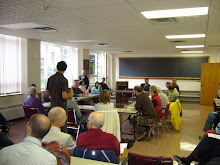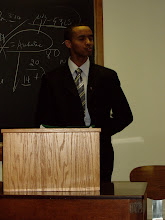The Ladder of a Soul's Ascent: the Structure and Use of Liturgical Music in the Coptic Orthodox Church
by Bishoy Dawood, Hon. B.A., MTS, PhD student in the Faculty of Theology (St. Michael’s College)
In this presentation, Dawood will present some pieces of the liturgical hymns of the Anaphora of St. Basil, and using those pieces as examples, he will argue that the music of the Anaphora is designed in such a way as to resemble the act of raising a sacrificial offering of praise. The hymnology, he will argue, takes the souls of the persons praying the liturgy up a ladder, allowing the priests, deacons, and congregation to ascend higher in musical scales until they all together work their way to heights of praise before partaking of communion.
The hymns used in this presentation will be from the CD production of: “The Rite and Hymns of the Divine Liturgy of Saint Basil” by the Heritage of the Coptic Orthodox Church choir, available in the link below:
http://www.copticheritage.org/productions/the_rite_and_hymns_of_the_liturgy_of_saint_basil
























